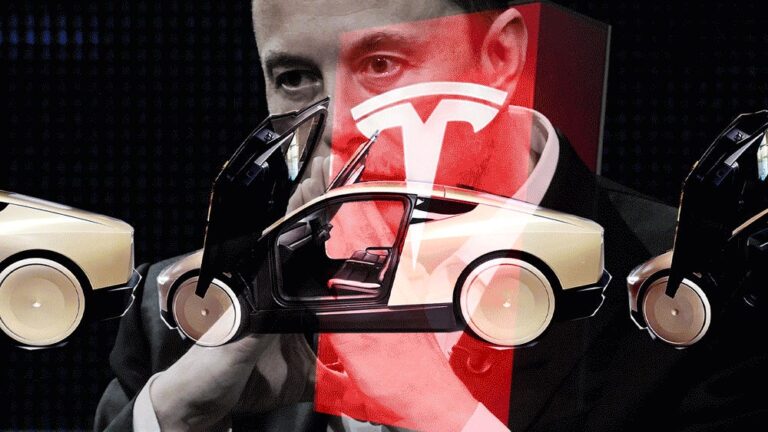The Reality of Tesla’s Full Self Driving and Autonomous Vehicles
— An exploration into Elon Musk’s ambitious promises and the reality of autonomous technology.
Elon Musk’s Promises: A Timeline
For years, Elon Musk has heralded Tesla’s plans for complete autonomy through its Full Self Driving (FSD) feature. His projections have ranged from optimistic timelines in 2015, when he predicted full autonomy in two years, to statements made as recently as 2019 where he maintained self-driving capability was just around the corner. Yet, the reality has been a series of missed deadlines, leading to skepticism among experts and consumers alike.
The Ongoing Battle for Autonomous Driving Technology
While Tesla continues to claim advancements in FSD, the true leaders in autonomous technology, such as Waymo, have been innovating and deploying effective driverless taxis for several years. Waymo, a product of Google, has established fleets operating in multiple cities, showcasing technology that is significantly more advanced than Tesla’s current offerings.
The Limitations of Tesla’s Approach
Musk’s insistence on a “vision-only” system relies heavily on camera data and onboard computing, dismissing the necessity for additional safety measures like lidar and radar. This decision has raised safety concerns, particularly as reviews have pointed to a rise in accidents linked to errors in perception when cameras fail to function optimally.
The Impending Robotaxi Launch
In June, Musk announced the introduction of Tesla’s “Robotaxis” in Austin, a move positioned as a revolutionary step for the future of transportation. However, details remain vague, with concerns about the operational capabilities of these vehicles. Only 10 to 20 modified Model Ys are slated for use, which raises questions about their effectiveness as proof-of-concept vehicles for true autonomy.
A Shift Backwards: The Role of ‘Teleoperations’
Behind Musk’s grander vision lies a disconnect; the Robotaxis will not operate without oversight. Supervisors, referred to as “tele operators,” will monitor the vehicles remotely, reminiscent of the outdated concepts of autonomous vehicles from decades past. This raises skepticism about whether Tesla’s innovation is simply a sophisticated version of remote control rather than true autonomy.
Innovation Stifled by Ideology
Musk’s ideological crusade against lidar has hampered Tesla’s progress in safety and technological advancement. By neglecting effective sensor technology that other companies have embraced, Tesla’s self-driving capabilities remain significantly underwhelming compared to competitors like Waymo, which have successfully integrated multiple avenues of data collection including advanced mapping and sensory technology.
The Bigger Picture: Oligarchy and Technology
This narrative extends beyond just Tesla; it highlights a larger issue of oligarchical influence in the tech industry. The prioritization of profit and market position often takes precedence over ethical considerations and public safety, as is evidenced by Musk’s approach. As society依s technological reliance grows, the consequences of entrusting uninformed elites with such power becomes ever more evident.
